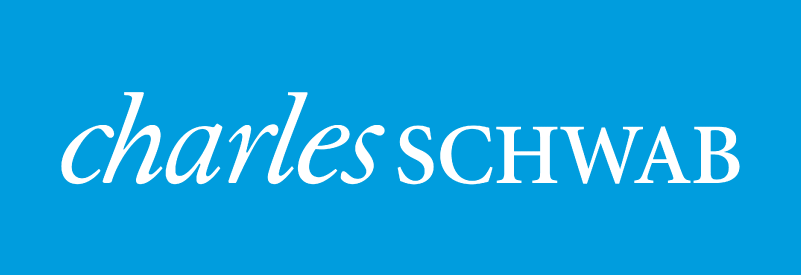At the time of this writing, we are experiencing some interest rate anxiety which manifested itself in equity market volatility. As for September, owning the dubious historical distinction as the worst month of the year for equity markets, it bucked the trend delivering modestly positive returns on risk assets. Unlike October to date, September was a relatively quiet month where constructive U.S. economic data and progress on trade negotiations outweighed inflation/rate trends, Italian budget deficit debate, U.S.-Sino trade conflict, and global oil market volatility. While trade negotiations will continue to make headlines, we feel Chinese growth and central bank monetary policies are the key drivers to monitor closely.
Market Anecdotes
- Fed policy came as advertised with a 0.25% rate hike. Strong growth and capacity constraints colored the statement leaving their rate hike forecasts the same at 2019 (3), 2020 (1), and 2021 (0) – still higher than current market pricing.
- The ECB announced it would cut its QE in half next month and halt all purchased by year end and the Fed balance sheet is shrinking according to schedule. ECB balance sheet hit a fresh high last month at €4.6t – 41.4% of Eurozone GDP. Fed balance sheet at $4.2t is 20.7% of U.S. GDP.
- The U.S. inked a trade deal with South Korea and came to an agreement with North American trade partners (USMCA). Negotiations continue with Europe, Japan, and China, the latter looking more likely to remain in flux well beyond the midterms.
- A McKinsey Global Institute report valued global government debt at $169t, up from $97t in 2007, a notable figure given concerns surrounding strong USD implications for highly leveraged emerging markets.
- 28 different EM currencies made new 52-week lows in September. Debt holders are under scrutiny i.e. Spanish banks are carrying over $82b of Turkish loan exposure.
- U.S. confidence and sentiment remain very high. Gallup’s U.S. consumer polling for ‘concern’ about the U.S. economy was only 12%, the lowest reading in over 30 years. However, European confidence fell for the fourth month in a row, touching its lowest reading since May 2017.
- Iranian sanctions were felt across the global oil markets with significantly reduced Iranian supply outlets. Meanwhile, the EIA announced U.S. crude oil production surpassed Russia. We are again the world’s #1 oil producing nation for the first time since 1973. Daily domestic crude oil production has been averaging 11mbpd, up 18% over last year’s levels.
Economic Release Highlights
- Inflation metrics (CPI and PCE) remained in a firm but reasonable uptrend in September. Most recent headline and core PCE readings were tame at 2.2% and 2% respectively while September headline and core CPI registered 2.3% and 2.2% respectively.
- The final 2Q GDP estimate of 4.2% was highlighted by robust 3.8% consumer spending and 8.75% growth in non-residential fixed investment (capital expenditures). 3Q economic activity looks set to slow slightly but estimates are currently in the 3.5%-3.8% range.
- September’s unemployment rate fell even lower to 3.7%, a record low last seen in 1969. Data on wage growth (2.8%) reinforced the upward trend but is not yet at alarming levels. The 3m/3m annualized wage growth rate is at levels not seen since coming out of the GFC in 2009.
- The most recent JOLTS report was a monster. Job openings surged, and the hire rate has fallen three months in a row. Quit rates are climbing which signals employee willingness to seek higher paying jobs – the current rate suggests something closer to 4.5% annual wage growth.
- September ISM non-manufacturing index hit 61.6, the second highest composite reading since the data began in 1997 and has logged the highest two-month surge on record. Key drivers were a record high in employment and a 14-year high in business activity.
- Global PMIs for September confirmed a decelerating global economy. DM (53.3), EM (50.8), and global average (52) are all in expansionary territory but have cooled from one year ago levels of 56, 52.1, and 53.9 respectively. Most notable decelerations were in China and Italy.
- The Conference Board consumer confidence reading spiked to 138.4, closing in on the all-time high of 144 in 2000. U of M consumer sentiment climbed to 100.1 from August’s 96.2 level.
- The U.S. housing market continued to show signs of slowdown. Price gains, new home starts, existing/new home sales, and building permits all point to slowing momentum. The housing market index registered 67, sustaining a yearlong low level of confidence among homebuilders.




Leave a Reply